“Isn’t that a weed?” I asked, staring at the gangly plant growing with vigor between the cracks of the patio. The white flowers dangled from tall stems that waved in the wind.
My friend shrugged and chuckled. “One person’s weed is another person’s wildflower.” She reached down and tore off one of the leaves spread out at the plant’s base. “Did you know these leaves can ease the itch of insect bites?” She took hold of my arm that was covered with a daily dose of bites, and rubbed the leaf on the annoying red patches.
“Wow! It really does work. What’s it called?”
“Ribwort plantain. And it can do much more than ease an insect bite.”
Description

Ribwort plantain, part of the Plantaginaceae family, has thin, wiry stems that stretch to about 20 inches in height from its base of spear-shaped leaves that spread out to form a rosette. At the top of these stems, which are actually hollow, oval-shaped flower heads with protruding white stamens gradually turn brown, providing seed for birds in the winter and to propagate naturally. The root system is dense with a taproot.
Why This Name?
The plant prefers disturbed ground. Its name originates from the narrow, ribbed, lanceolate leaves (lance-shaped) which have parallel veins. The leaves taper to a point at the apex as well as the base and are slightly wider below the middle. It’s also known as narrowleaf plantain, English plantain, ribleaf, lamb’s tongue, and buckhorn.
Natural Habitat
Originating in Eurasia and Norway, this so-called weed can be found just about anywhere but lawns, fields, and grasslands in particular. It’s an invasive species that takes over cultivated grounds and tracks along the edges of fields. It pops up regularly in cultivated lawns, giving it the label of “weed.” Ribwort plantain flowers between April and October.

The plant is tolerant of varied growing conditions. It’s resistant to heat and drought, though it does grow better in a cooler climate. It tolerates flooding but is sensitive to poor drainage, and it tolerates winter well enough (like the rest of us).
Culinary Uses
Ribwort plantain is a nutritional plant. In fact, with high contents of calcium as well as vitamins A, C, and K, this leafy plant could pass as a vegetable. You can eat the young leaves raw, though the larger, more mature leaves are tough and better consumed cooked.
To prepare ribwort plantain, boil it for 3 minutes, then strain it and squeeze out the excess water. Finely chop the cooked ribwort plantain. Blanch in salted water, strain and set aside. Next, fry some onion and garlic until soft. Add the blanched leaves, stir for about 30 seconds, and add to your preferred tomato sauce.
Note: Caution is always advisable when first consuming something wild. Ribwort plantain may cause nausea, vomiting, diarrhea, bloating, and skin reactions. Large quantities can cause more serious side effect like anaphylaxis. Consume with care.
Medicinal Uses
Ribwort plantain is full of sugars, minerals, and proteins. It is often used as an antihistamine, and has multiple medicinal uses.
- The leaves can be used to make what is called nature’s plaster or, as they call it in Poland, Grandmother’s plaster. Wash a leaf and then chew or mash it to release the juices and apply it to a wound to stop bleeding.
- The leaves, fresh or dried, can be used to make a tea infusion that treats congestion in allergic reactions, especially hay fever and asthma. The infusion may also be used as a cough medicine.
- The leaves are effective when dealing with nettle stings and insect bites. Just crush the fresh leaves between your fingers or chew it and apply the extracted juice to the sting.
- The leaves can make a healing salve. Collect them and dry until they’re crunchy. Add an oil to the dried leaves, preferably almond, rapeseed, or olive oil, and let soak for 4 to 6 weeks. Blend with melted beeswax (used during the pandemic to sooth over-washed hands). The salve is good for rashes, scrapes, and abrasions – a useful addition to your first aid kit.
Pests and Diseases

The plant is host to many varieties of bugs that lay their eggs on the leaves for the hatching larvae to feed. The leaves contain an iridoid glycoside which accumulates in the caterpillars to make them unpalatable to predators.
The plant is susceptible to powdery mildew.
A Ribwort Plantain Children’s Game
I’m sure we’ve all enjoyed time blowing the seed heads off dandelions and watching them float away in the breeze. Ribwort plantain provides another children’s game similar to conkers — which is a traditional game in Great Britain involving the seeds of horse chestnut trees. The two games apply the idea of striking the other player’s seed and breaking it. In Edinburgh, it’s also known as the 1 o’clock gun, a game played after the guns of Edinburgh Castle go off every day.
To Sum It Up
Mother Nature has a lot of secret gems that many of us take for granted. Before treating something like an annoying weed and eradicating it, we should take the time to understand it better and discover the benefits we can enjoy.


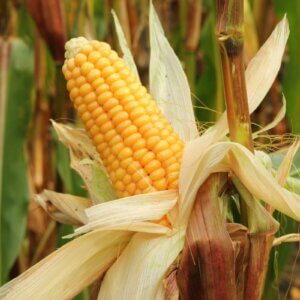



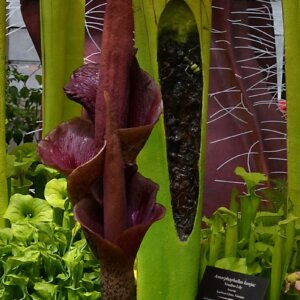



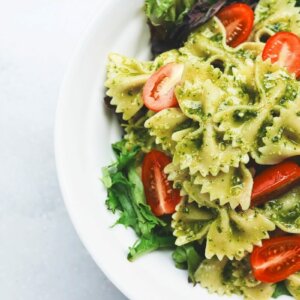


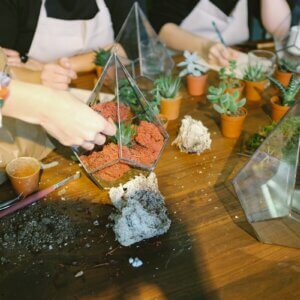

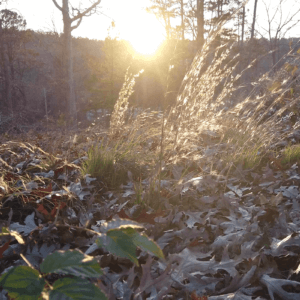
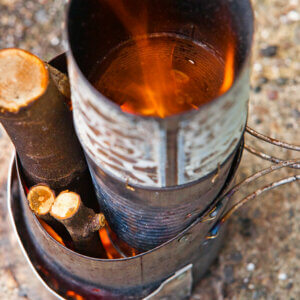



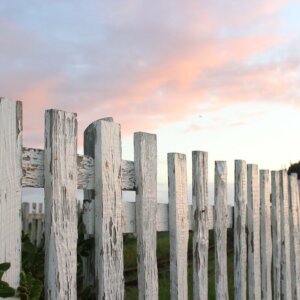
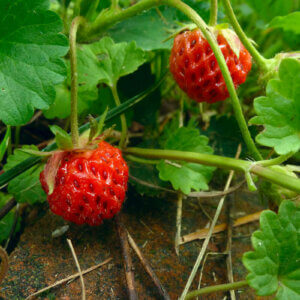
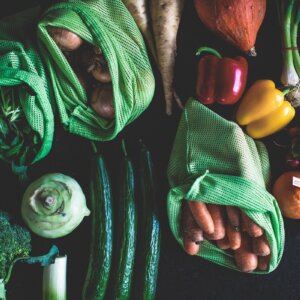

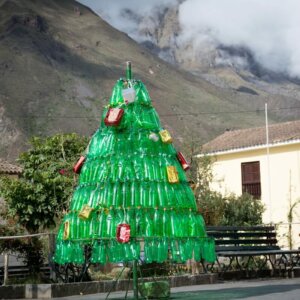

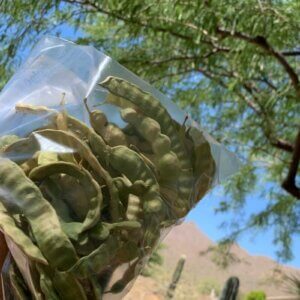
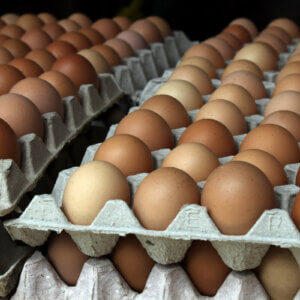



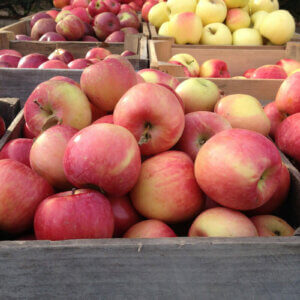
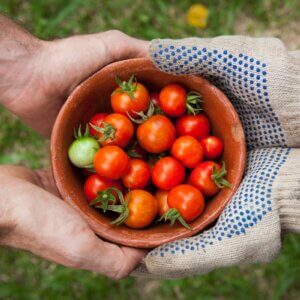




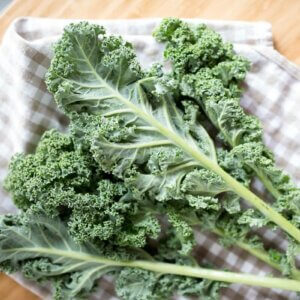
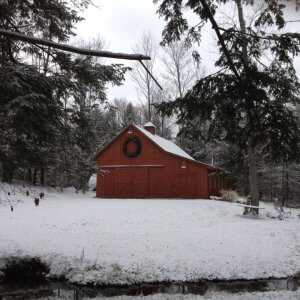


Leave a Reply